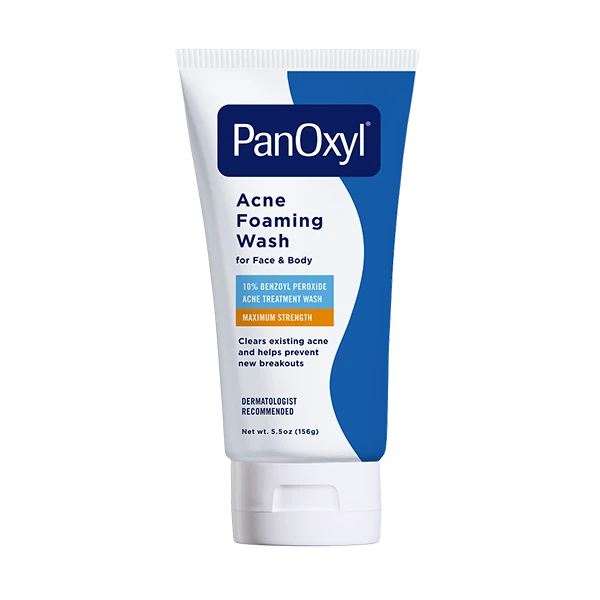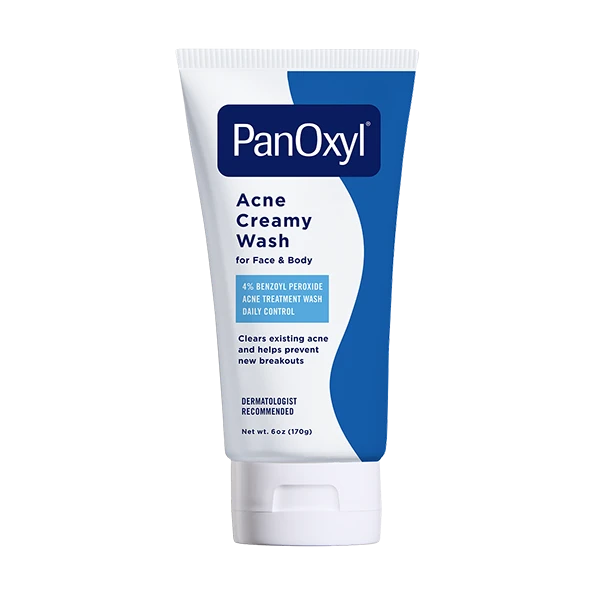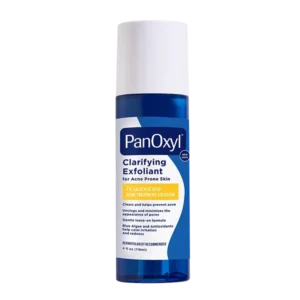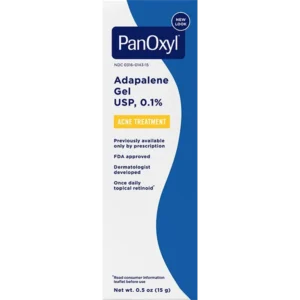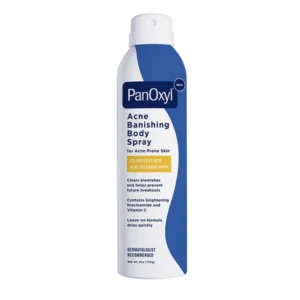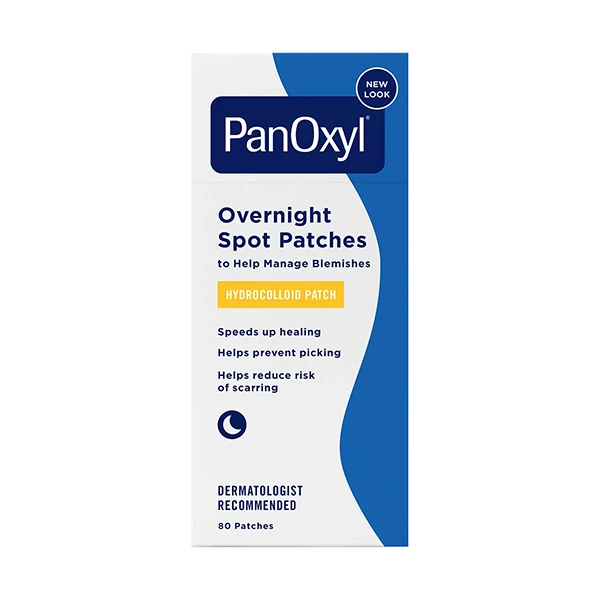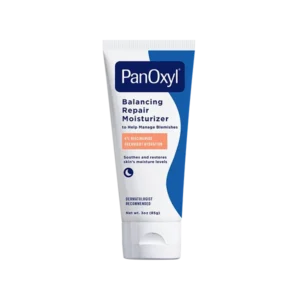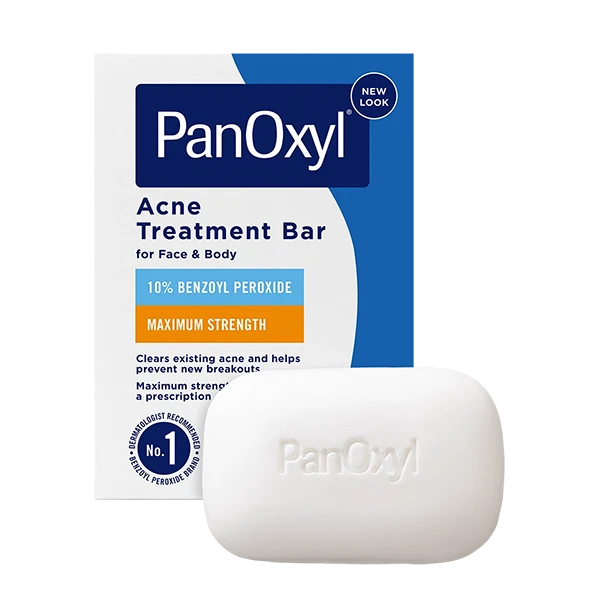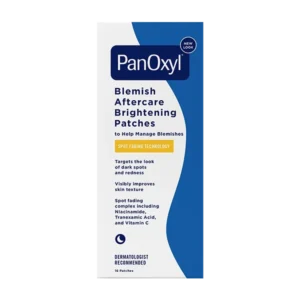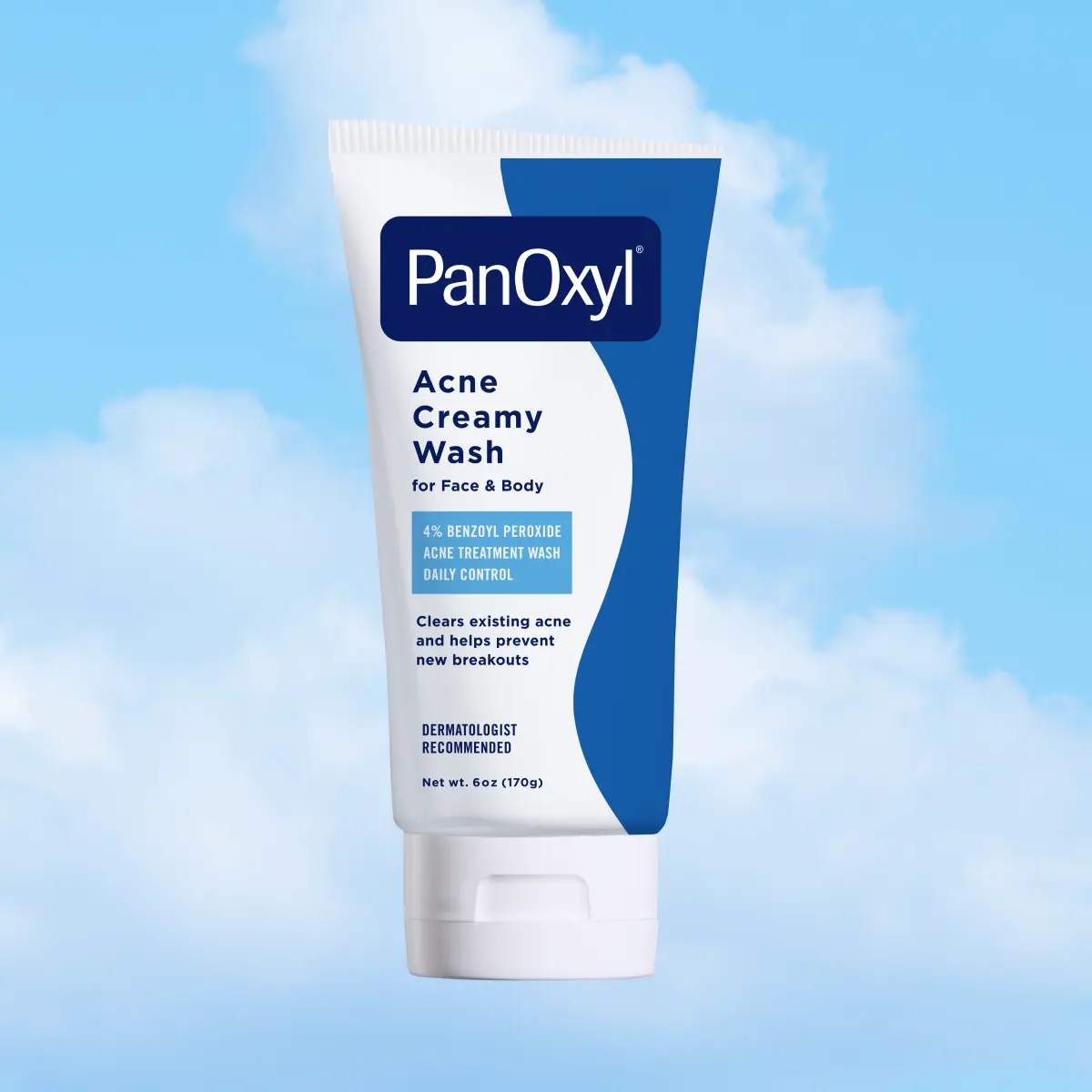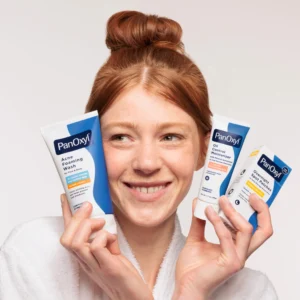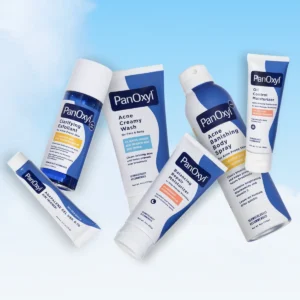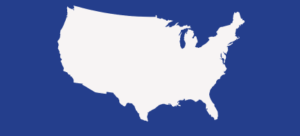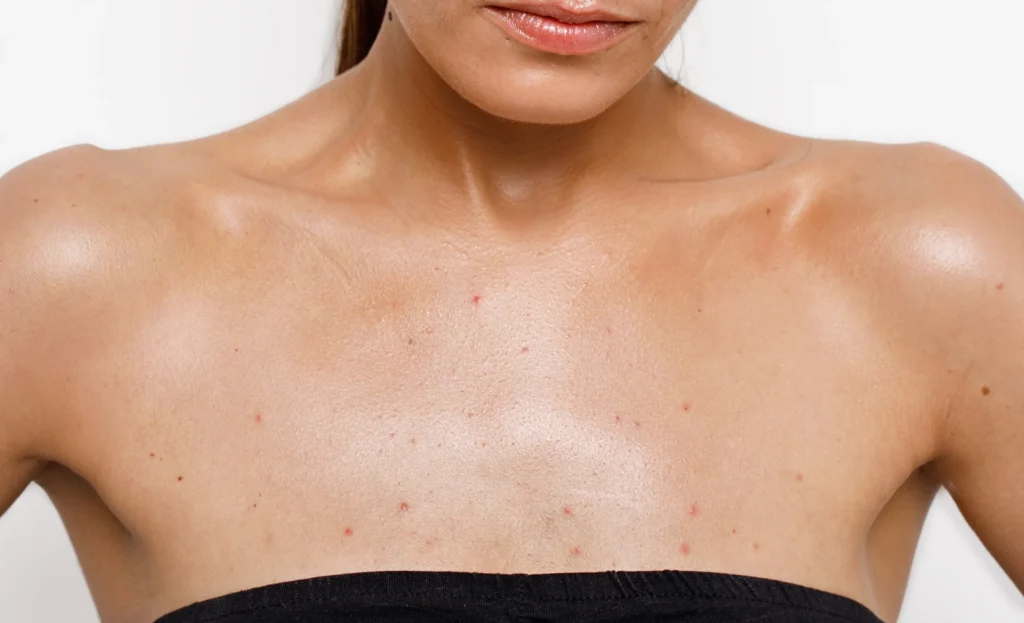Among the places acne could pop up, the chest may be one of the most annoying, especially during the summer. Acne can be a total confidence killer when you slip into your favorite low-cut dress or bathing suit. (Although we think you’d rock it no matter what.) So how can you give acne a taste of its own medicine? We’re glad you asked.
What causes chest acne?
The same factors that cause acne on your face, cause acne on your chest. It starts with dead skin cells. The dead skin is supposed to rise to the surface of your skin through your pores and then shed from the body.
Your oil glands produce sebum—oils that our bodies need to keep our skin hydrated. Dead skin cells can get trapped in your pores and block the release of sebum. With nowhere to go, the sebum builds up and can cause the pore to become enlarged. The result is a whitehead or pimple.
No matter your age (teen or adult), there are several factors that can influence your skin’s oil production and increase your chances for a breakout. These include:
- Hormones
- Stress
- Hair and skin products
- Family history
- Medication
Is it really acne or something else?
Red and white bumps or patches on the chest could not only be acne, but one of several other skin conditions as well, such as:
- Rosacea is a common skin disease that can cause redness on the face, and also spread to the ears, chest and back. People with some types of rosacea can even have acne-like breakouts, including raised patches of skin and redness.
- Heat rash happens when sweat blocks your pores. This can show up as red and white bumps. Heat rash usually clears on its own.
- Contact dermatitis is when the skin reacts to an allergen or an irritant. This usually results in a rash. Other common symptoms include hives, itching and blisters.
- If you’re unsure of what type of skin condition you may have, we recommend consulting your dermatologist. They are the skin care experts.
How to get rid of chest acne
Most of the time you can treat mild to moderate acne at home. This is achievable through some prevention techniques and over-the-counter acne treatments.
Shower with benzoyl peroxide
If you use PanOxyl to treat the acne on your face, you may already have what you need to treat the acne on your chest. PanOxyl’s acne washes use benzoyl peroxide to help clear, treat and prevent mild to moderate acne. They can be used as a body wash to treat acne almost anywhere on your body, including your face, back, and chest.
Perhaps the most convenient way to banish chest acne is to shower with a benzoyl peroxide wash. As featured in Women’s Health, Dr. Shari Marchbein says, “Benzoyl peroxide is antibacterial and anti-inflammatory and treats blackheads as well as inflammatory breakouts so it’s my preferred topical for body acne.”
In order to make sure you get the most success out of a benzoyl peroxide shower session, you should follow a few simple steps:
- Use lukewarm water. Hot water can dry out your skin and cause your pores to overproduce oils.
- Apply the product to your fingertips, then massage into the skin on your chest. No scrubbing! Scrubbing can irritate your skin and cause further breakouts.
- Treat the entire area and not just the acne spots. This will help prevent future breakouts.
- Rinse thoroughly. Benzoyl peroxide’s first and only job is to wipe out the bad stuff in your pores — and it does that well. However, when not washed off thoroughly, it can bleach fabrics. Make sure you’re all rinsed and toweled off and you should be good to go.
- Hydrate your skin
This may sound counterintuitive. If too much oil—the very thing that our bodies need to keep hydrated—causes acne, why hydrate at all? Benzoyl peroxide is one of the most dermatologist-recommended acne-fighting ingredients because it gets the job done. Both of our washes also contain hydrating humectants and emollients to help combat dryness. A lightweight, oil-free moisturizer can provide that extra boost you need to help prevent your skin from becoming dry and irritated.
Use oil-free skincare products
Hydrating is important, but before you reach for that lotion that’s stashed in the back of your bathroom cabinet, check its ingredients. Body lotions and other products that contain heavy oils, such as cocoa butter or shea butter, can clog pores and lead to acne.
Treat acne early
It’s not only important to treat acne, but to treat it as early as possible. Studies show that treating acne when it first begins to form can prevent it from getting worse. It can also help prevent acne scars, as long as you follow the golden rule of acne treatment: No popping!
Wash it before you wear it again
If you think you can get away with wearing your sweaty workout clothes or softball uniforms more than once, think again. You may be thinking, “But I’m just going to get sweaty again…” Stop right there. Between the fibers of those unwashed leggings and athletic tops are dead skin cells, bacteria and oils that can clog your pores.
Protect yourself from the sun
Your chest is one of the most unprotected areas during the summer. Tank tops, swim trunks and bikinis become the norm, and that leaves your chest bare to the sun’s wrath. Not only is sunburn a concern, but the sun can cause breakouts because it dries your skin. This can cause your pores to go into red alert and produce more oils than your body actually needs. As we’ve mentioned, this can spell trouble for your complexion.
If you need another reason to wear sunscreen, (we can list several including that it’s a wrinkle-fighting machine, it helps prevent sunburn, etc.) some acne medications can make the skin more sensitive to the sun. Sun exposure can also worsen the dark marks that acne can leave behind.
Be consistent
Treating acne takes time. Once your skin is clear, it may be tempting to stop treatment. Don’t! Over-the-counter products like PanOxyl not only treat acne, but they prevent it. Daily use is the key to a clear, acne-free chest right in time to rock that sweetheart neckline.
You think chest acne is bad? Butt pimples are a thing, too. But is it really acne? Read all about it.
